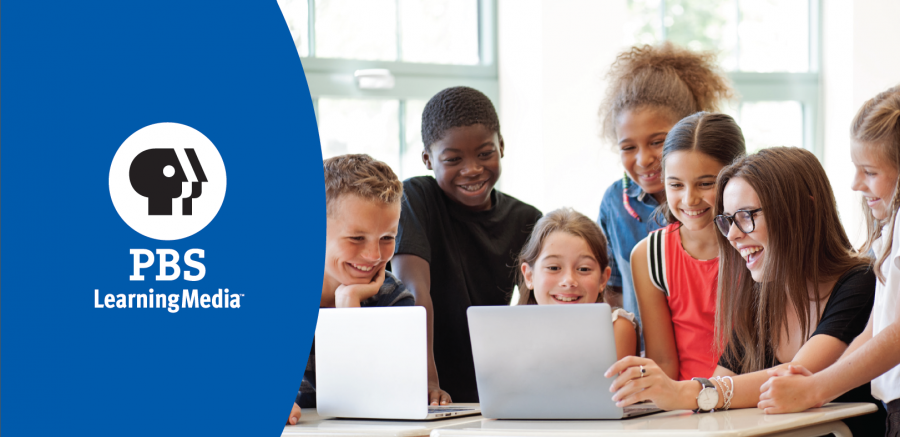
I started out the semester still struggling with the concept of how I could possibly teach my students reading skills through a math equation. Through Think-Alouds, I was challenged to use literacy skills in Math content. I didn't believe that Math teachers truly interacted with texts or used any literacy skills through solving math problems. Through this activity, I came to realize that this was exactly why taking a course such as this is vital to pre-service teachers. Teachers will have texts in their class material, and it is important as teachers to know how to teach our students how exactly to engage in these texts using vital reading skills. I learned the importance of modeling reading skills and applying those to reading a text, but also show my students that we all struggle with texts and that there are skills out there such as questioning, using prior knowledge and make connections that can help us through the more difficult texts (Subject Matters, Chapter 2). Overall, these Think-Alouds have shown me how vital it is for teachers to be an example for their students and their learning.
Another aspect of class that I thoroughly enjoyed and benefited from was learning and being a part of a book club. In chapter 9, our textbook, Subject Matters, discusses the importance of book clubs and how they can be used in different content areas. My first thought when reading this chapter was there is no way we could use a book club in a math class, and or any other class where students weren't being taught English-Language Arts. Through experiencing book clubs, we were able to gain insight and knowledge of how we could best equip our students in book clubs, but also how beneficial book clubs can truly be. In my book club, I read Prisoner B- 3087, each person in my group was given a certain role, and through this I appreciated the idea of book clubs more. These roles came from Chapter 9 in our text book and ranged from illustrator, to the connector, to the researcher, to the page master. These roles allowed us to understand how to keep all of our students engaged in the reading while also gaining information and knowledge from it instead of just reading something to read it. I would have never thought of giving my students a novel to read and have a book club because prior to this course I didn't understand how there were different ways to teach that were not exclusive to lecturing. Book clubs allow classes to step away from the norm of teaching and get students involved in class material in a different way. This reaches students who may have more of a reading and a literacy mindset, rather than a solving math equations mindset. As a teacher, it not only benefits the students in crossing content, but the students as well, as they are able to make more connections across curriculum.
 Lastly, I thoroughly enjoyed this class and the knowledge of teaching reading I gained from it. Being a teacher is so much more than teaching our content areas day to day, but it is learning who our students are and how to best help them succeed. Teachers are often caught up in the curriculum and the test scores, and as a future educator this class has guided me to understand how to help my students learn more academically by meeting them where they are. Chapter 11 in Subject Matters, emphasizes on this idea by stating that "to help our students and learn from the tasks we assign them, we must work with their reading process." Teachers cannot stop learning from their students and getting them where they need to be by starting where we want to start, but rather where they can actually start. I strive to use what I have learned in this course in my classroom and not just teach math equations, but dive into reading skills that can help my students continue to succeed. By doing this, I hope to continue to learn something new every day along with my students.
Lastly, I thoroughly enjoyed this class and the knowledge of teaching reading I gained from it. Being a teacher is so much more than teaching our content areas day to day, but it is learning who our students are and how to best help them succeed. Teachers are often caught up in the curriculum and the test scores, and as a future educator this class has guided me to understand how to help my students learn more academically by meeting them where they are. Chapter 11 in Subject Matters, emphasizes on this idea by stating that "to help our students and learn from the tasks we assign them, we must work with their reading process." Teachers cannot stop learning from their students and getting them where they need to be by starting where we want to start, but rather where they can actually start. I strive to use what I have learned in this course in my classroom and not just teach math equations, but dive into reading skills that can help my students continue to succeed. By doing this, I hope to continue to learn something new every day along with my students.Word Count: 832






